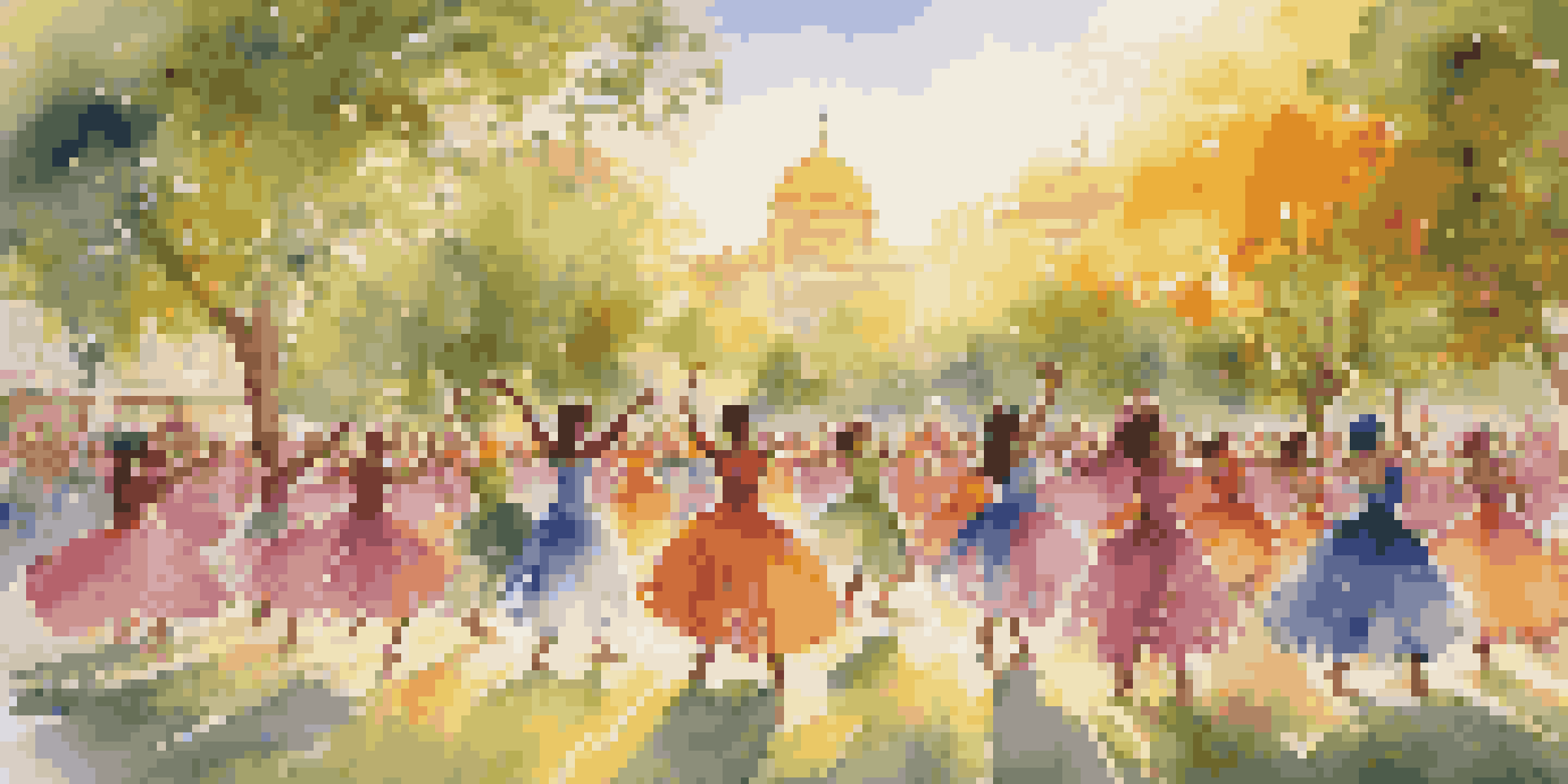Dance Representation in Public Arts Policy Discussions

Understanding Dance's Role in Public Arts Policy
Dance has long been an integral form of artistic expression, yet its representation in public arts policy often lags behind other art forms. Understanding how dance fits into the broader context of public arts can shed light on its cultural significance. By prioritizing dance, policymakers can help foster a vibrant community rich in diverse artistic practices.
The Current Landscape of Public Arts Policy
Public arts policy is designed to promote and support various art forms, but dance often receives less attention than visual arts or music. This disparity can stem from misconceptions about dance's ephemeral nature, which makes it less tangible than other art forms. As a result, dance practitioners and advocates must work diligently to ensure their voices are heard in policy discussions.
Dance Needs More Policy Support
Dance often receives less attention in public arts policy than other art forms, highlighting a need for greater advocacy and funding.
Challenges Faced by Dance in Public Art Initiatives
One major challenge for dance representation in public arts policy is the lack of funding and resources dedicated specifically to dance projects. Many policymakers may not fully understand the unique needs of dance, leading to underfunded initiatives. Additionally, the transient nature of dance performances can make it difficult for policymakers to grasp their value, further complicating funding efforts.
Advocacy and Collaboration for Dance Representation
Advocacy plays a crucial role in elevating the status of dance within public arts policies. Collaborating with other art forms and community organizations can amplify the voices of dance practitioners. By forming alliances and demonstrating the impact of dance on community well-being, advocates can push for more inclusive policies.
Collaboration Enhances Dance Advocacy
Working together with other art forms and community organizations can amplify the voices of dance practitioners and promote inclusive policies.
Successful Case Studies in Dance Policy Integration
There are inspiring examples of cities that have successfully integrated dance into their public arts initiatives. For instance, programs that feature outdoor dance performances or community workshops have helped raise awareness and appreciation for dance. These case studies highlight the potential for dance to contribute to cultural vibrancy when it is prioritized in policy discussions.
The Impact of Dance on Community Engagement
Dance has the power to engage communities in unique and meaningful ways, fostering social connections and cultural exchange. Public performances can serve as a platform for dialogue and community building, enhancing the overall quality of life. When dance is represented in public arts policy, it can lead to increased participation and a sense of belonging among residents.
Dance Enriches Community Engagement
Integrating dance into public arts initiatives fosters social connections and enhances community well-being through meaningful engagement.
Future Directions for Dance in Public Arts Policies
Looking ahead, it is crucial for policymakers to recognize the potential of dance as a vital part of public arts. By developing dedicated dance initiatives and funding opportunities, cities can cultivate a thriving arts ecosystem. Emphasizing the importance of dance in public discourse can help shape more inclusive and effective arts policies.
Conclusion: The Need for Inclusive Arts Policies
In conclusion, dance representation in public arts policy is essential for fostering a rich cultural landscape. By advocating for dance and promoting its significance, stakeholders can ensure that this dynamic art form receives the recognition it deserves. Embracing a more inclusive approach to public arts policies will ultimately benefit communities and enhance the overall arts experience.